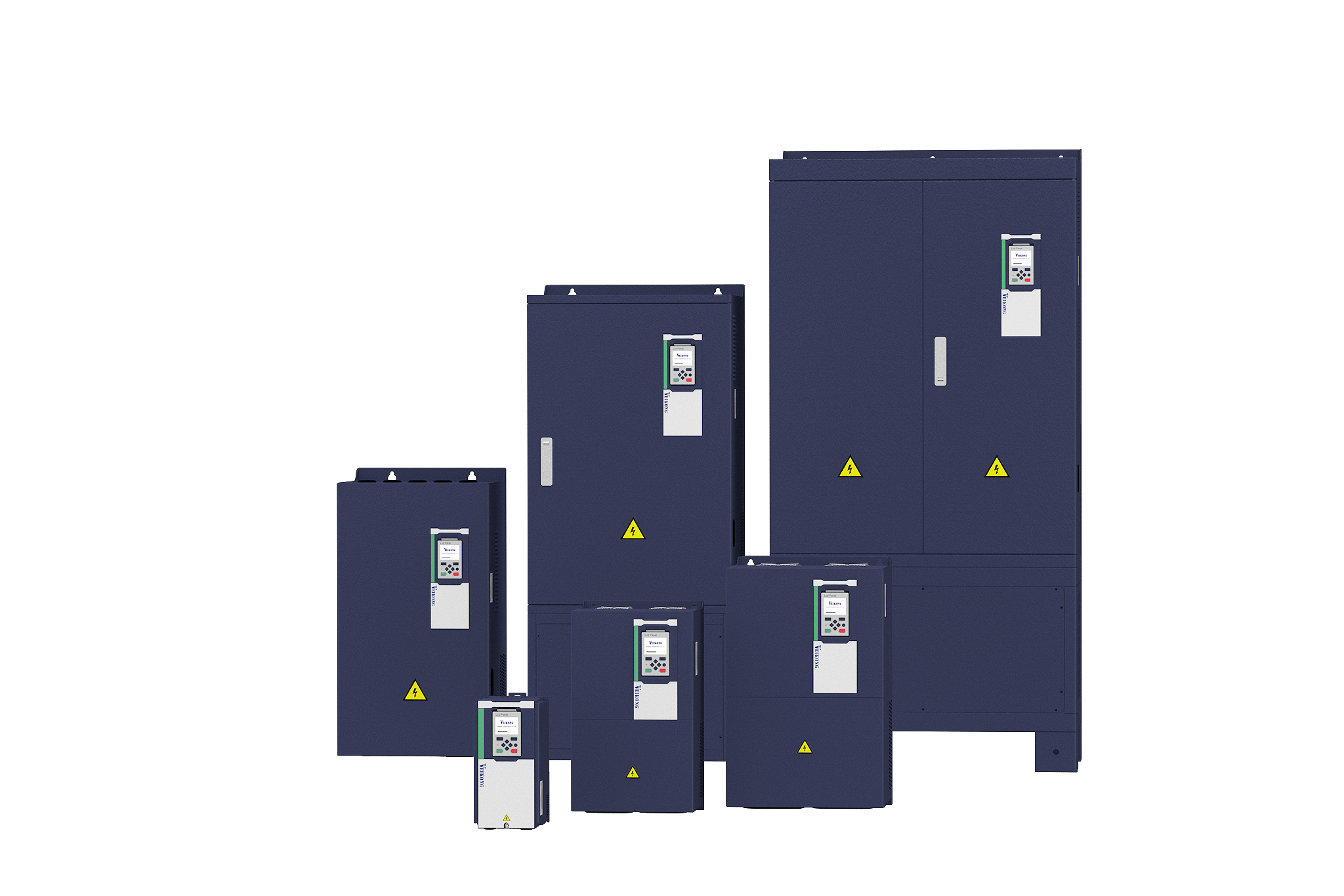There have been many discussions about new technology and AC motors. Varying AC motor speed control has always been hard, so for many years, DC motors are the only option when accurate speed control and motor power are needed. But advances in the last few years have changed this.
And these advances have resulted in variable frequency drives competing with traditional DC motor control in an application where they were earlier too expensive or also lacked the power to perform properly. Here are some most common types of VFD that are used in different applications.
Current Source Inversion
Current source inversion derives are generally favored over-voltage source inverter drives in high power applications where the self-motivated response is not required. Conventional CSI drives come with their limitations, such as resonance, instability at low speeds, and high torque ripple that can restrict the applications where they are used.
They have been used in signal processing and also industrial power applications. This VFD also offers a very clean current waveform but needs large and expensive inductors in its construction and causes cogging below 6 Hz.
Voltage Source Inversion
They are widely used with a pulse width modular. The DC output of the diode bridge converter usually stores energy in the capacitor bus for supplying stiff voltage input to the inverter. The factor the voltage source inversion drives with diode rectifies is constant or also better over the normal operating range.
The power converting rate that is based on the capacities of the power semiconductors devices and also the cooling system is the only limitation in this VFD’s designs. The normal rating of this VFD is based on 40° C maximum ambient temperature and altitudes less than 1OOOm. Applications outside these circumstances need de-rating.
Pulse Width Modulation
They are used in industry because of their excellent input power factor because of fixed DC bus voltage, no motor cogging, high efficiencies, and lower cost. A PWM VFD uses a series of voltage pulses of dissimilar lengths for simulating a sinusoidal wave. The pulses are timed so that the time average integral of this drive yields an ideal sinusoid.
Load Commutated Inverter
They are basically synchronous motor drives that have been usually used in very high-power applications. They are also used in variable speed applications including pumps, compressors, and fan drives. They also tend to be larger than the comparative power VSI.
The advantage of this inverter is that it employs converter-grade thyristors that are able to control a large amount of power and voltage. And it can also utilize the natural communication of the semiconductor device.
While this drive is simple and durable; it requires careful attention to AC power system problems related to harmonic currents and reactive power. They also need specially designed motors with low reactance and should work with harmonic heating and also air gap torque harmonics.
These are some different types of VFD that are used in different types of industries. You can use VFD for matching the speed of motor-driven equipment to the load requirement. You can also find a reliable variable frequency drive manufacturer for buying high-quality products for your applications.

